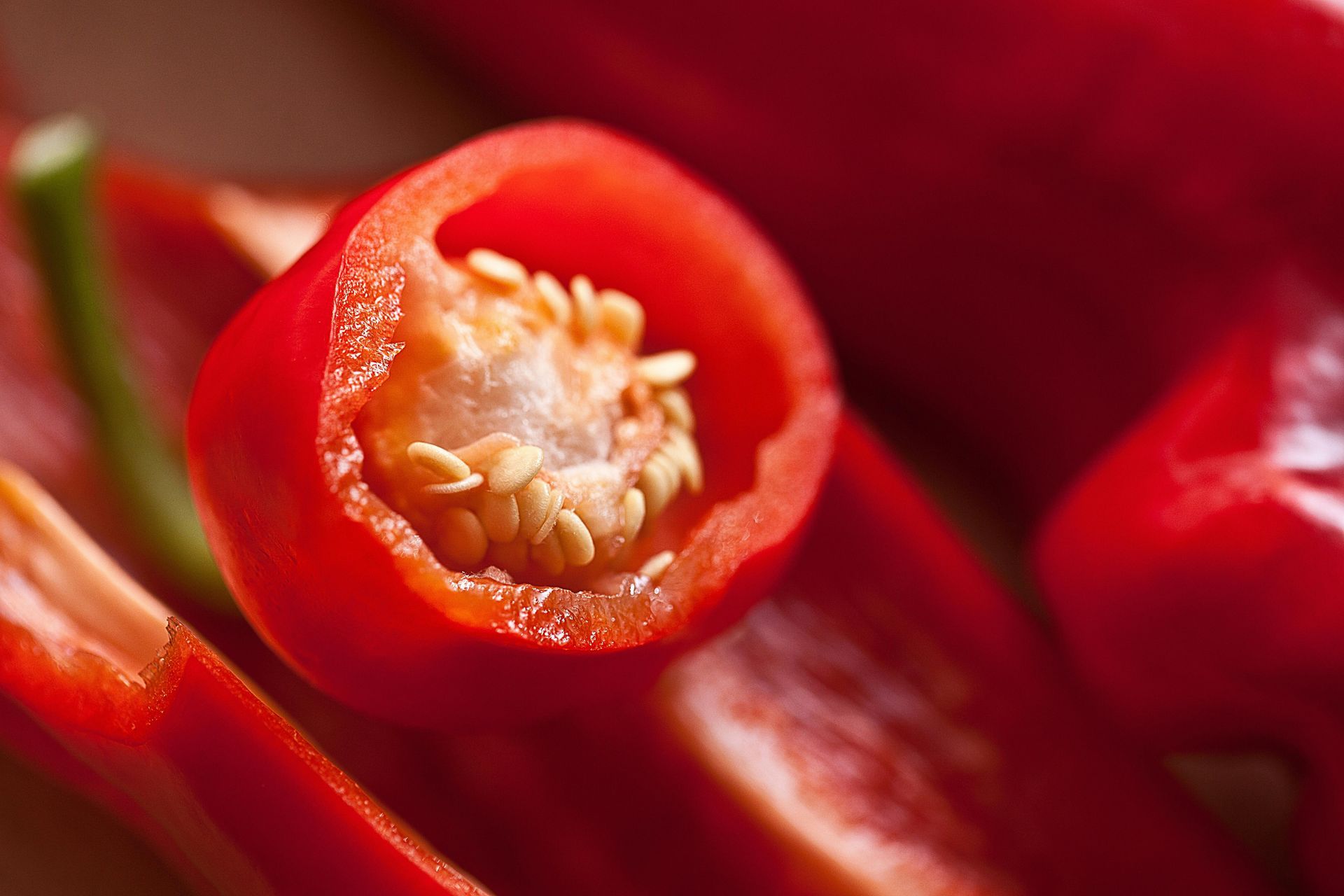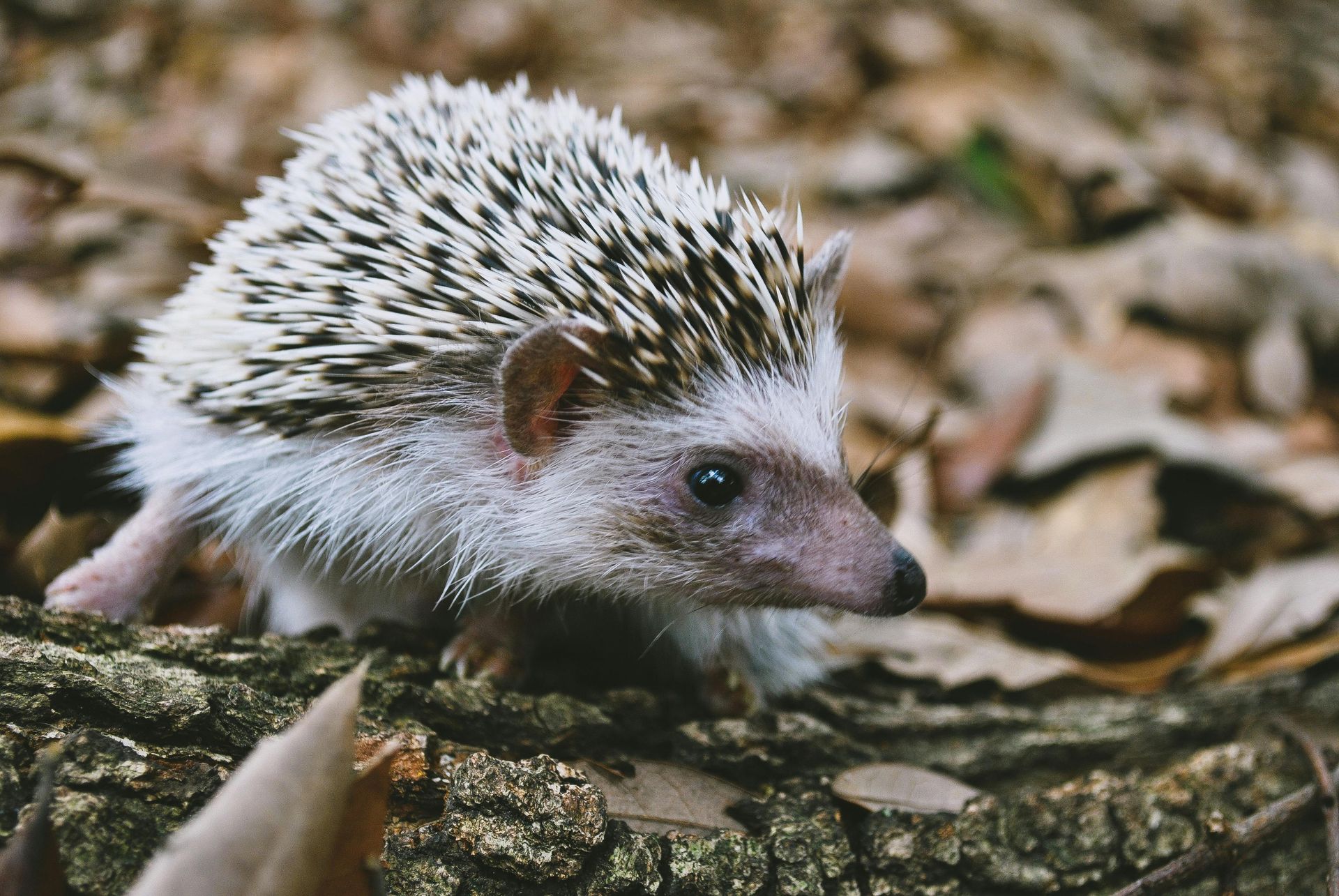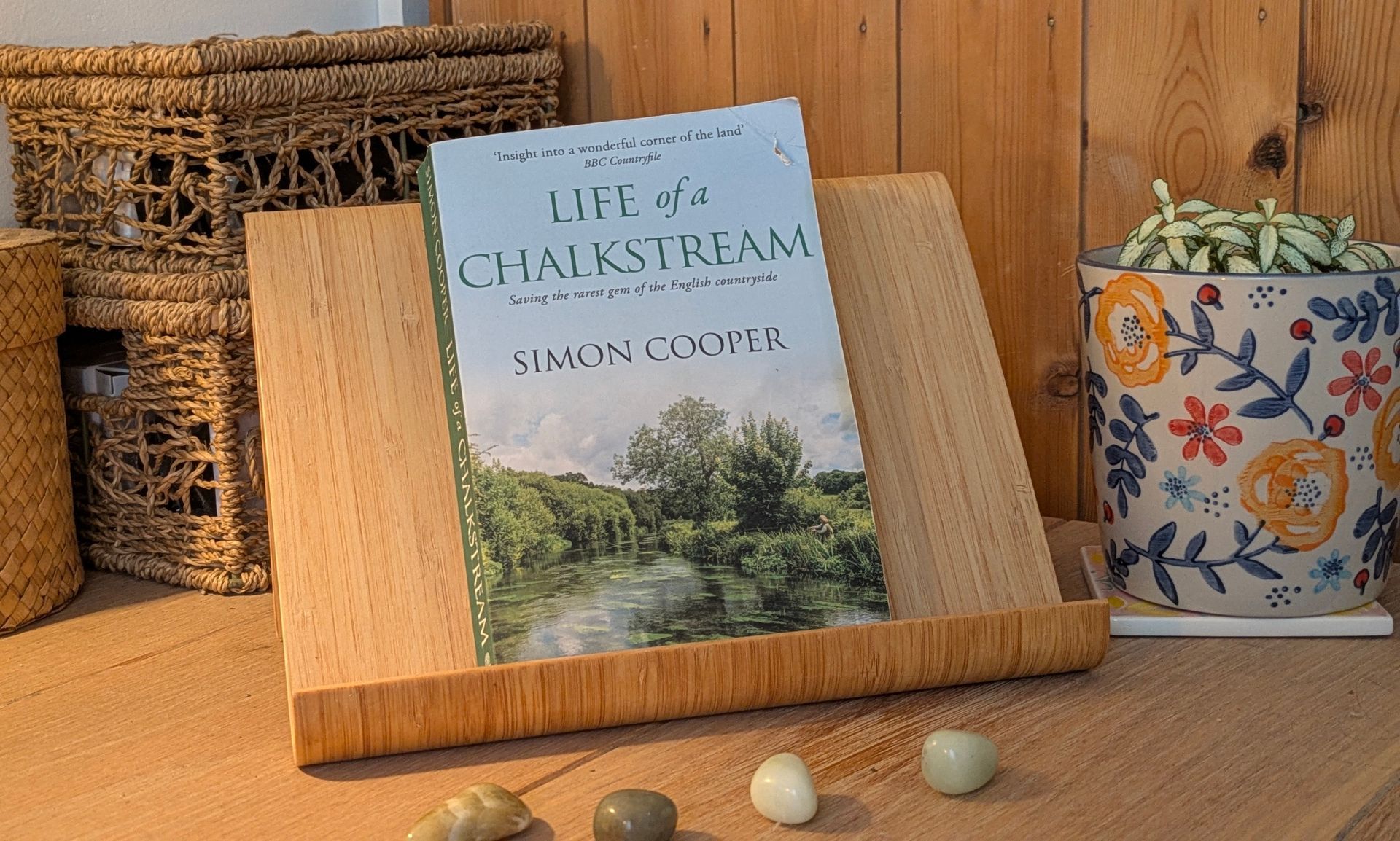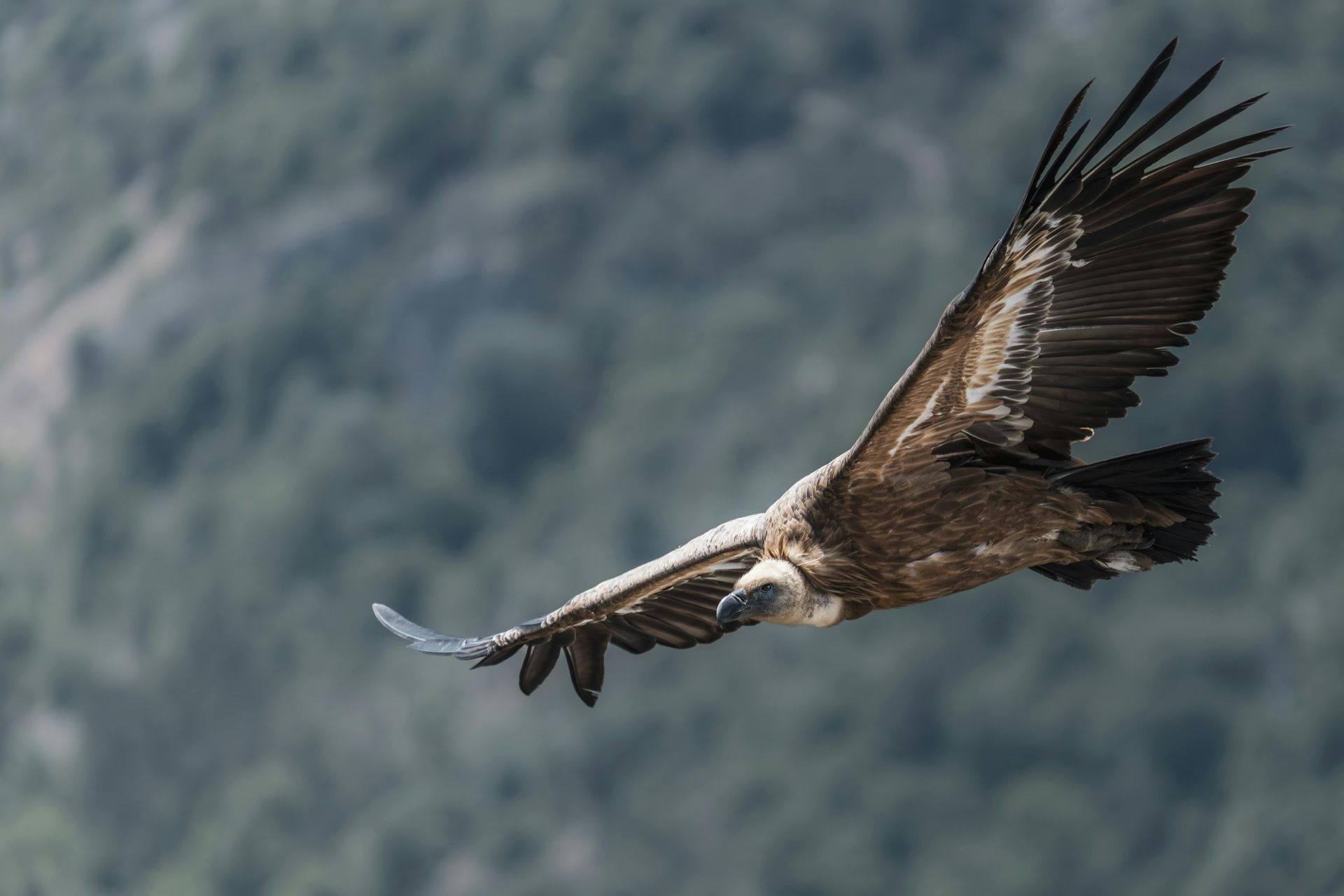A Healing Spice (Paprika)
Paprika is a treasured spice that adds pop and flavour to any savoury dish
A Healing Spice Guide
Paprika is the fifth spice to feature in my new Healing Spice Guide.
Paprika originates from South America in the regions of Bolivia and Peru. It was brought to Europe by Columbus in 1493, and from there it spread throughout Europe, Asia and Africa. In the 16th century, Paprika was being grown all over the world.
Paprika is a sweet pepper because it contains less capsaicin, the chemical responsible for the spicy heat of the Chili Pepper, giving it a more mild, sweet flavour. Perfect for enriching tomato dishes, stews and recipes with grilled cheese toppings, Smoked Paprika, made from ground, dried peppers smoked over wood fires, adds a distinctly rich colour and flavour.
Long before European explorers set foot in the New World, Indigenous Peoples in present-day Mexico and Central America were growing and using peppers. These were not only used for flavouring dishes, they were seen as an essential healing ingredient, especially for aiding digestion and treating various ailments.
I hope you enjoy discovering the cleansing and healing benefits of Paprika - a wonderful addition to culinary dishes as a mild spice or raw in salads for your general good health, nourishment and wellbeing.
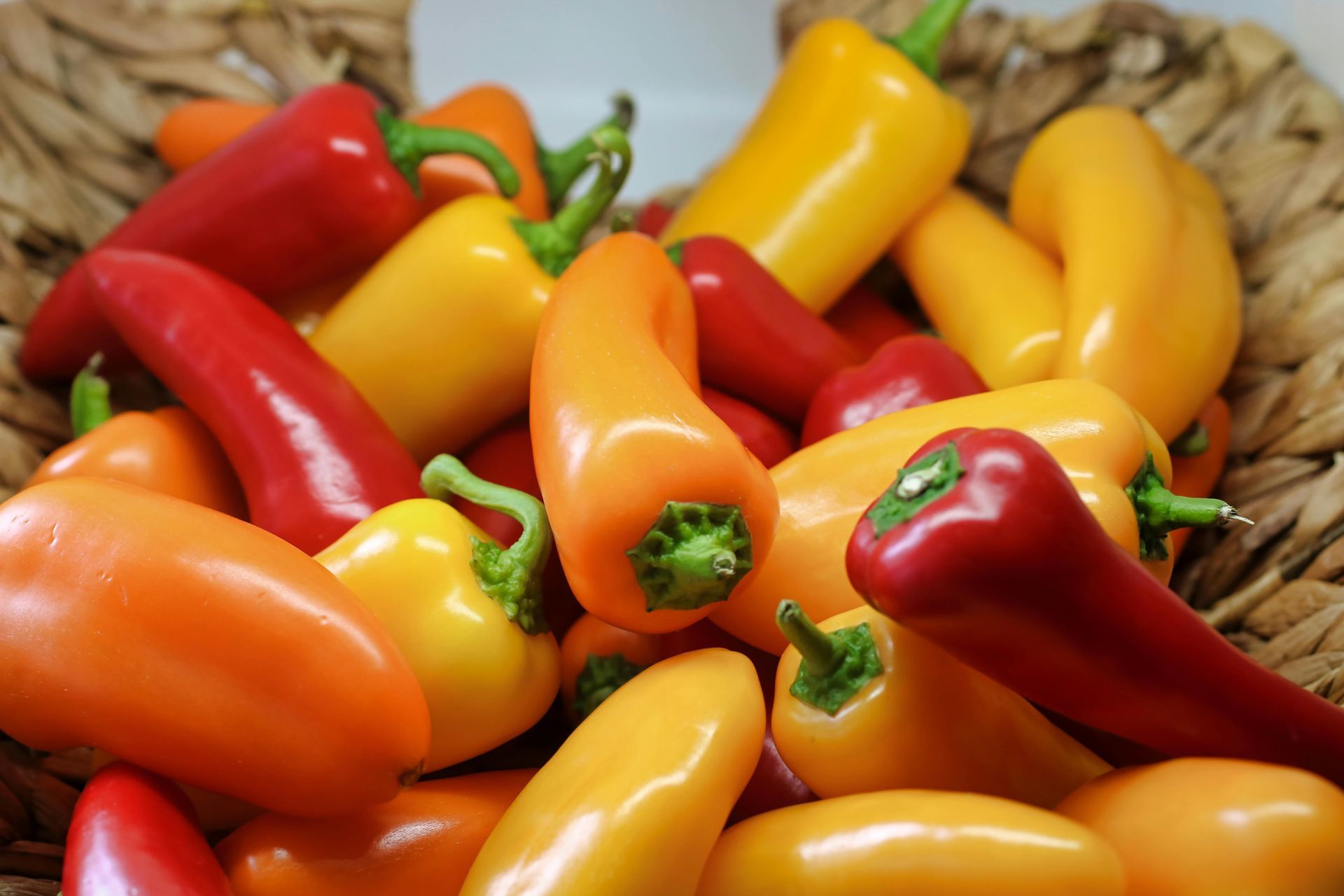
Folklore
One of the earliest known cultivators of Paprika was located in Europe. They were the Jeronimos Monks at Yuste Monastery, situated in southwestern Spain who began drying and grinding the peppers, creating some of the first European-made Paprika for local use.
Paprika is well known as the national culinary spice of Hungary. It was first introduced by the Turkish in 1569 and Hungarian Paprika is available in eight different varieties ranging in colour and strength of flavour. In 1937, the Hungarian chemist, Albert Szent-György, won the Nobel Prize for research on the vitamin content of Paprika. Early Spanish explorers took the pepper seeds back to Europe, where the plant gradually lost its pungent taste and became
Sweet Paprika. McCormick Science Institute -
Paprika
The hotness of traditional Hungarian Paprika is preserved in the world-famous Erős Pista, a popular chili sauce in Hungary, made from coarsely ground Hot Paprika and Sea Salt.
In 1493, during his second voyage to the Americas, Christopher Columbus discovered the Paprika plant and brought it back to Spain where it was used as a medicinal plant. The brightly coloured peppers soon found their way into Spanish kitchens where they remain to this day, revered for their colour, flavour and versatility.
Over the centuries, Paprika has become a familiar spice in kitchen cupboards all over the world. It transforms many traditional dishes from a Spanish Chorizo with Deviled Eggs, to Cheese Omelettes, Indian Curries, Moroccan Hotpots and smoky barbeque dishes. Paprika's ability to enhance colour, aroma and depth of flavour is second to none.
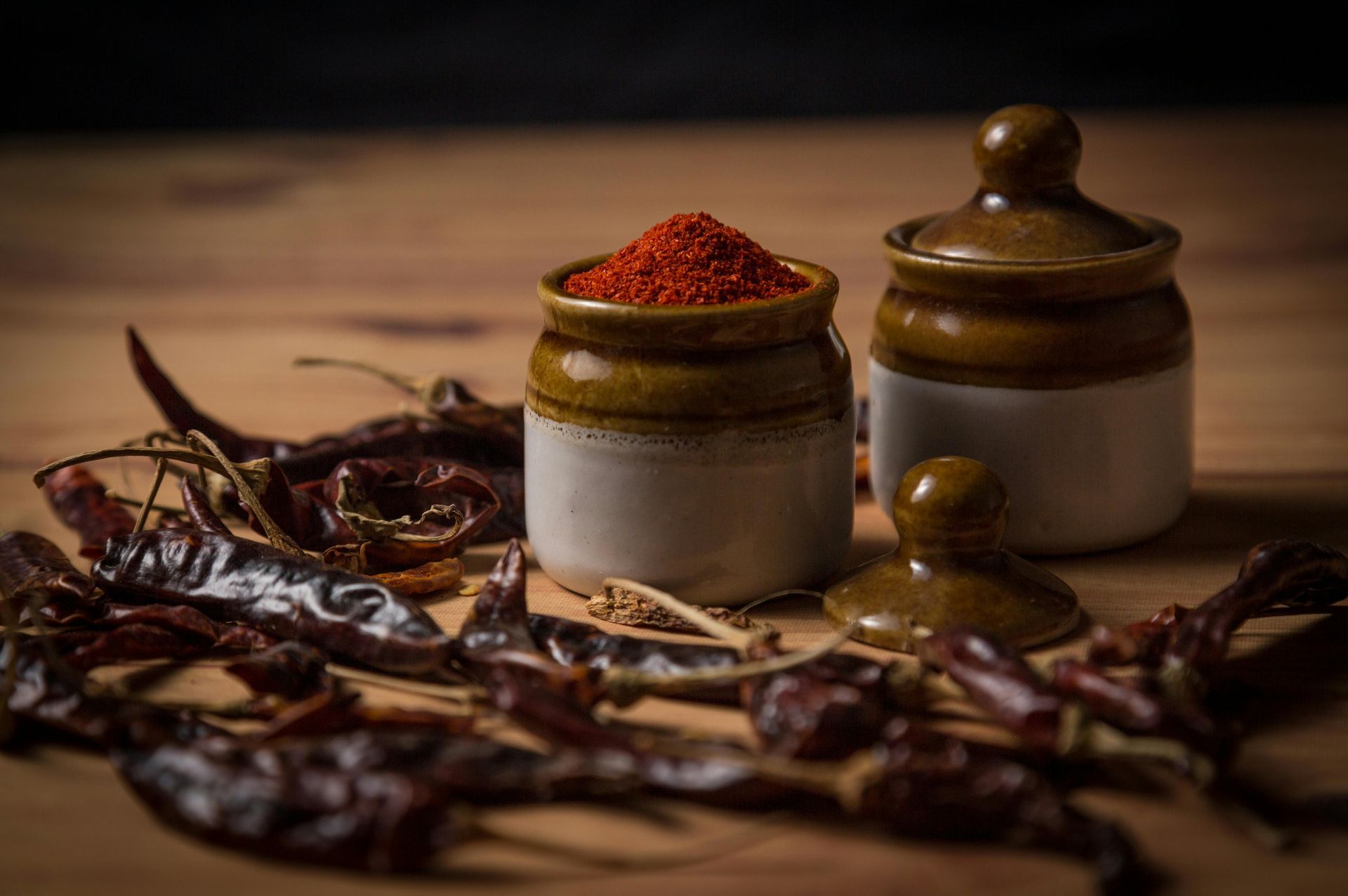
Nutrition
The essential compound in Paprika is called capsaicin which is found in peppers and has been shown to have a wide range of health benefits.
Paprika has powerful antioxidant properties which can help reduce the risk of cancer and heart disease. These properies help to cleanse the body and improve immunity, alleviating built-up gas.
Capsaicin has been shown to have analgesic effects which is why it is used therapeutically for pain management. Some topical pain treatment remedies include capsaicin as an essential ingredient.
Paprika is rich in calcium, potassium and phosphorus all of which are needed to build strong teeth, bones and muscle. Paprika is also a source of folate, vitimin B6, E and K, choline (needed by the brain and nervous system to regulate memory, mood, muscle control and other functions) and niacin (needed to turn food into energy and keep the nervous system, digestive system and skin healthy).
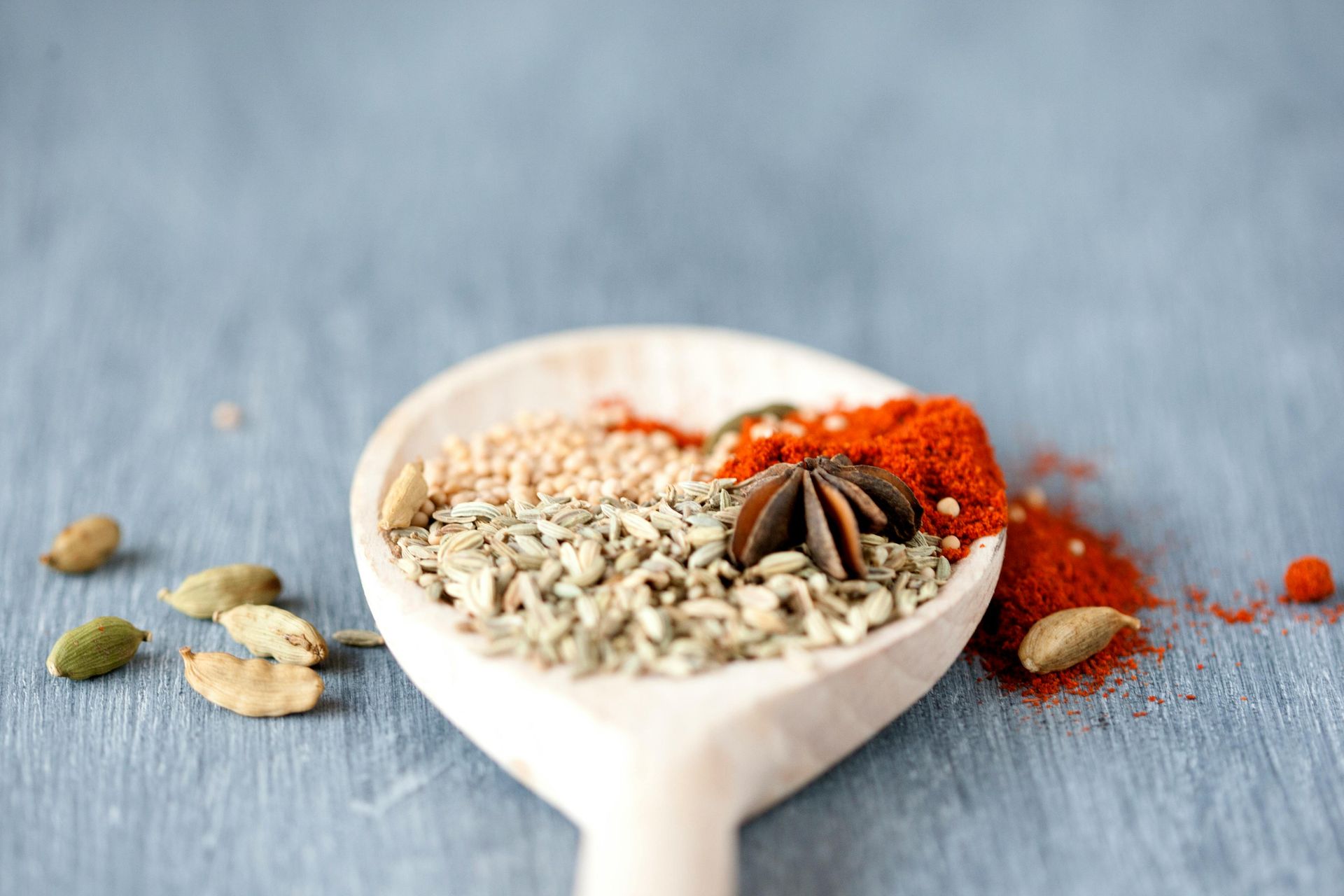
Remedies
A few drops of Paprika Essential Oil in an organic carrier oil is used in massage for warming and relaxing the body. This helps to reduce stress and pain in muscles and joints due to its analgesic qualities.
Paprika Essential Oil is known to improve circulation and help with the removal of toxins.
The soothing scent of Paprika Essential Oil is refreshing to the mind and can help to maintain focus and increases energy levels when feeling tired or run down.
When Paprika Essential Oil in an organic carrier oil is massaged ino the abdomen, this will relieve a sluggish digestive system and soothe digestive spasms. It is strongly detoxifying and helps to stimulates liver function.

Recipes
Paprika is regarded as the national spice of Hungary. It is also very popular in Spain where it is used in Paella and Sofrito (a fried spicy mix used as a base for many Spanish dishes). The practice in Spain is to smoke the Paprika which adds a lovely depth of flavour to many dishes. In Moroccan cuisine, Paprika (or Tamira) is added to a small amount of Cold Pressed Virgin Olive Oil to use as a dressing.
Creamy Smoked Paprika Sauce
This is a rich and creamy sauce with a delicious smokiness from the Smoked Paprika and a tasty tang from the tomato paste and sour cream.
- 2 x tablespoons Unsalted Real Butter
- ½ x Onion (finely chopped)
- 2 x teaspoons Smoked Paprika
- ¾ x cup homemade Organic Chicken, Bone or Vegetable Broth
- 1 ½ x tablespoons Tomato Paste
- ¼ x cup fresh Double Cream
- 2 x tablespoons full-fat Sour Cream
- 2 x tablespoons finely chopped fresh Coriander
Simple to make following these steps:
- Melt the butter in a small saucepan. Add the onion and saute until soft and translucent.
- Add the finely chopped onion and the Paprika.
- Add the broth. Bring to a boil and simmer while gently stirring for 5 minutes.
- Take off the heat and stir in the Tomato Paste, Double Cream and Sour Cream.
- Garnish with Coriander and serve with raw vegetable sticks and freshly sliced crunchy bread.
SOURCE: The Spice Train -
Paprika Sauce
I hope you enjoy this ongoing series of posts about the healing and health benefits of spices that make a healthy and flavoursome addition to many a traditional recipe to add colour, aroma and taste.
Thank you for joining me on this exciting journey of discovery and I look forward to seeing you again soon.
Sue Cartwright
Spiral Leaf
Thank you for sharing!
for you, for me and for Mother Nature
Latest Posts
All Posts

